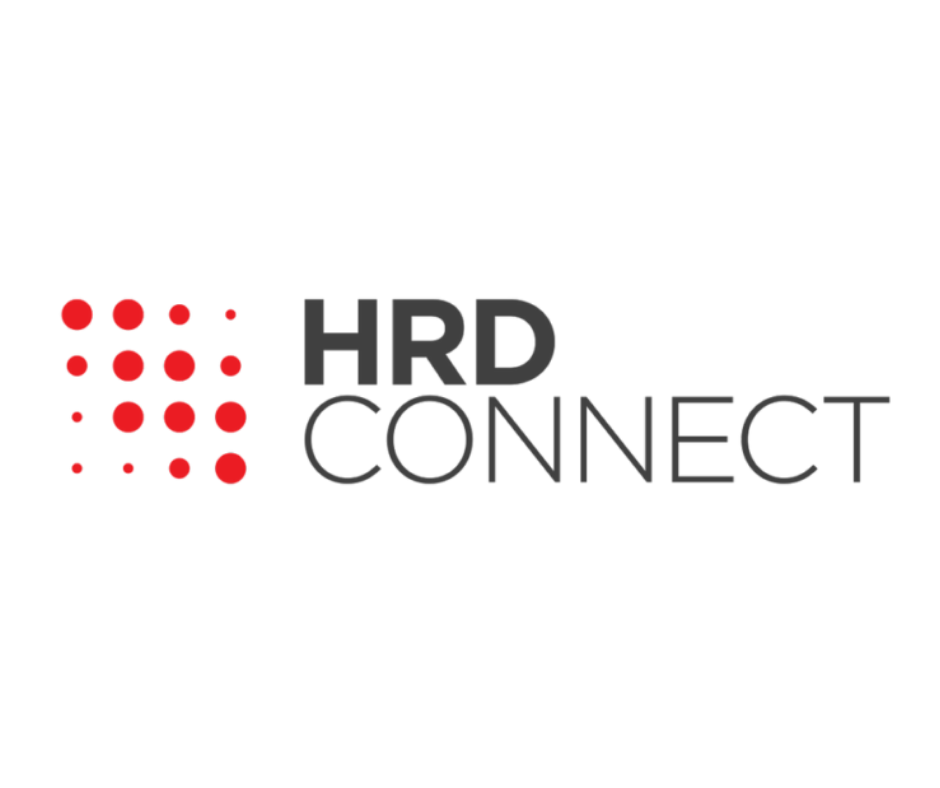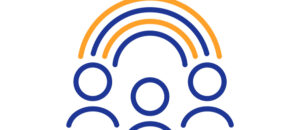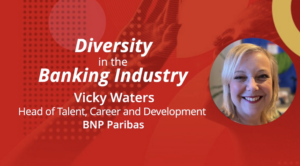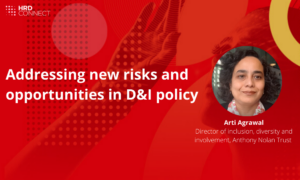HRD Thought Leaders on D&I in the modern workplace
- 4 Min Read
In light of 2020’s social landscape, a selection of HRD Thought Leaders have offered their top tips for remaining smart and vigilant when it comes to D&I in today’s business world.
- Author: HRD Connect
- Date published: Jun 23, 2020
- Categories

The global pandemic has certainly sparked a major shift in the social landscape in 2020; but it’s not the only thing that has. In recent weeks, we’ve seen the topic of diversity and inclusion (D&I) move to the forefront of public debate.
And as is so often the case, this social discourse has quickly reflected in that of business, with leaders everywhere beginning to discuss attitudes towards equality in the working world, and what can be done to improve this scenario.
In a nutshell, a workforce should be broadly representative of the society in which it resides, and thus, with Western populations diversifying at a considerable rate, organizations must ensure that they keep up.
With this in mind, we felt it was necessary to contribute to the dialogue ourselves. We sought the views of our excellent HRD Thought Leaders, questioning them on the importance of D&I in 2020, and how organizations can remain vigilant.
Janine Nicole Dennis, Chief Innovation Officer, Talent Think Innovations
It’s a ripe time to be focusing on D&I, equity, and belonging within your organization. However, before you dive in with creating policies, programs and initiatives, it is important to understand the barriers that members of your workforce face.
Without a thorough examination and acknowledgement of your current ecosystem, you are unlikely to be successful at solving any of these problems. For instance, if you don’t have a practical way for assessing if leaders and staff are operating in discriminatory ways, you are likely to have a myriad of diversity-related issues that may lead to resentment, attrition, and even lawsuits.
If it is in your interest to genuinely support D&I in a way that would be meaningful, it is imperative that you become educated on the ways society perpetuates inequity or disadvantage for demographics who are marginalized, underrepresented or disenfranchised in society.
Through this lens, you will hopefully become more clear about the responsibility you have as a leader to advocate inclusion for all members of your workforce.
Read: Janine Nicole Dennis on how to lead a mindful workforce
Chuck Heaton, Senior HR Consultant, Talent IQ LLC
We have never seen a better time for organizations to push a comprehensive D&I strategy for their workforce. Now more than ever, it is important for business leaders to take to heart the Stephen Covey phrase, “seek first to understand.”
Listen to your workforce’s perspective on D&I issues to be certain that the strategy aligns with the current state of the workforce. Senior business leaders must resist the natural temptation, due to the current economic conditions, to cut or reduce their focus on D&I programs.
Read: Chuck Heaton’s HR playbook for mental health
Jill Christensen, employee engagement expert and author
Something that leaders often neglect to consider in their attitude towards D&I in the workplace, is that it can often be responsible for yielding better business results.
Naturally, you will always get a better end result when the people involved bring different experiences, educations, personalities, backgrounds and childhoods to the table. If everyone in an organization is ‘cut from the same mold’, the range of ideas and perspectives likely will be too.
Leaders must remember that by bringing people together who see the world through different lenses, we can create magic!
Read: Jill Christensen on how HR can go ‘back to better’ post-pandemic
Terence Mauri, global disruption thinker, author and speaker
The business case for D&I in the workplace is unquestionable, but many leaders are still uncertain about to harness its full potential. As such, I believe there are three top priorities for leaders to boost D&I in 2020:
Ensure the executive team is on board
First, leaders must own the D&I agenda and prioritize it alongside growth and profitability. Consideration: do senior leaders understand the case for D&I and are they committed to change?
Apply the right levers
Boards can identify leaders who exemplify the benefits of an inclusive culture and call issues out when they are not working. Consideration: does the organization have a diversity strategy in place?
Hold leaders accountable
Finally, leaders must be held to account and measured against explicit goals for D&I to track progress. Consideration: how is leadership compensation tied to D&I goals?
Organisations that want to thrive must bake D&I into the culture and day-to-day operations, and start moving from knowing to doing.
Read: Terence Mauri on how HR can fine-tune leadership development









